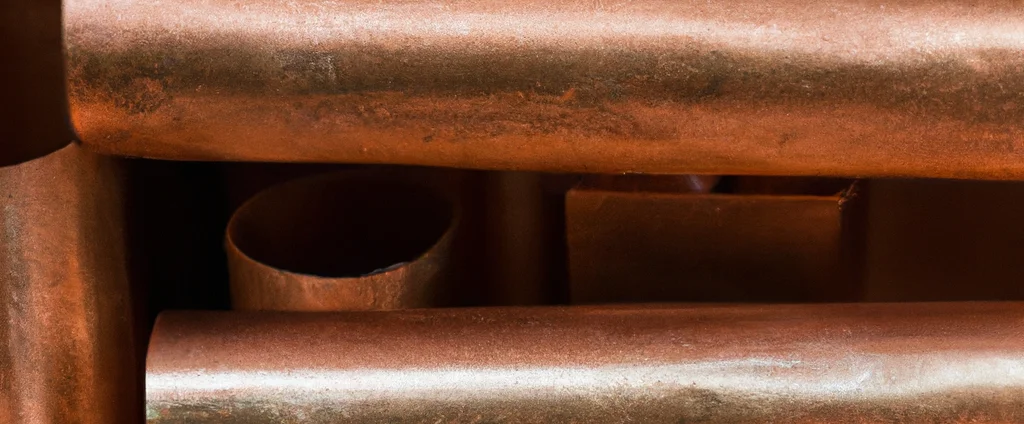Aluminium Bronze (UNS C62400)

Aluminum bronze C62400 is a high-performance copper alloy renowned for its exceptional strength, corrosion resistance, and wear resistance. Ideal for marine, aerospace, and heavy-duty industrial applications, it combines durability with excellent thermal and electrical conductivity.
| Chemical Composition | ||
|---|---|---|
| Element | Min | Max |
| Copper | 82.8% | 88.0% |
| Aluminium | 10.0% | 11.5% |
| Iron | 2.0% | 4.5% |
| Manganese | —— | 0.3% |
| Silicon | —— | 0.25% |
| Tin | —— | 0.2% |
| Residuals | —— | 0.5% |
The following table provides a list of aluminium bronze C62400 properties in both SI and US customary/Imperial units.
Click on the button to switch between Metric and Imperial units.
| Physical Properties | Metric |
|---|---|
| Density | 7450 kg/m3 |
| Mechanical Properties | Metric |
| Tensile Strength (Ultimate) | 650 - 730 MPa |
| Tensile Strength (Yield) | 270 - 350 MPa |
| Shear Strength | 420 - 440 MPa |
| Young’s Modulus (E) | 117 GPa |
| Shear Modulus (G) | 44 GPa |
| Elongation at Break | 11 - 14% |
| Poisson’s Ratio (ν) | 0.34 |
| Thermal Properties | Metric |
| Melting Point | 1025 - 1040 °C |
| Thermal Conductivity | 59 W/m·K |
| Specific Heat Capacity (Cp) | 377 J/kg·K |
| Coefficient of Thermal Expansion (αL) | 1.65×10-5 1/°C |
| Electrical Properties | Metric |
| Electrical Conductivity | 6.96×107 S/m |
| Electrical Resistivity | 1.44×10-7 Ω·m |
The values in this table are approximate and can vary depending on various factors such as the specific manufacturing process and heat treatment applied to the alloy.
Advantages & Disadvantages of Aluminium Bronze C62400
| Advantages | Disadvantages |
|---|---|
| High strength | High cost |
| Excellent corrosion resistance | Limited availability |
| Good wear resistance | Weldability |
Applications of Aluminium Bronze C62400
Aluminium Bronze C62400 has a range of applications across various industries due to its desirable properties, including:
- Marine Equipment: The excellent corrosion resistance of this alloy makes it suitable for marine applications. It is used in the construction of propellers, seawater-resistant fittings, valves, ship components, and offshore equipment.
- Aerospace Industry: The high strength and corrosion resistance make it valuable in the aerospace sector. It can be found in aircraft engine components, landing gear parts, bushings, and bearings.
- Industrial Equipment: The alloy’s strength and wear resistance make it suitable for heavy-duty industrial equipment. It is used in gears, bearings, pump components, valves, and other machinery parts that require durability and resistance to wear.
- Oil and Gas Industry: This material is employed in various oil and gas applications due to its resistance to corrosion, including offshore platforms, valves, pumps, and connectors.
- Automotive Industry: The alloy is used in this sector for applications that demand strength, wear resistance, and corrosion resistance. It can be found in engine components, transmission parts, bushings, and bearings.
